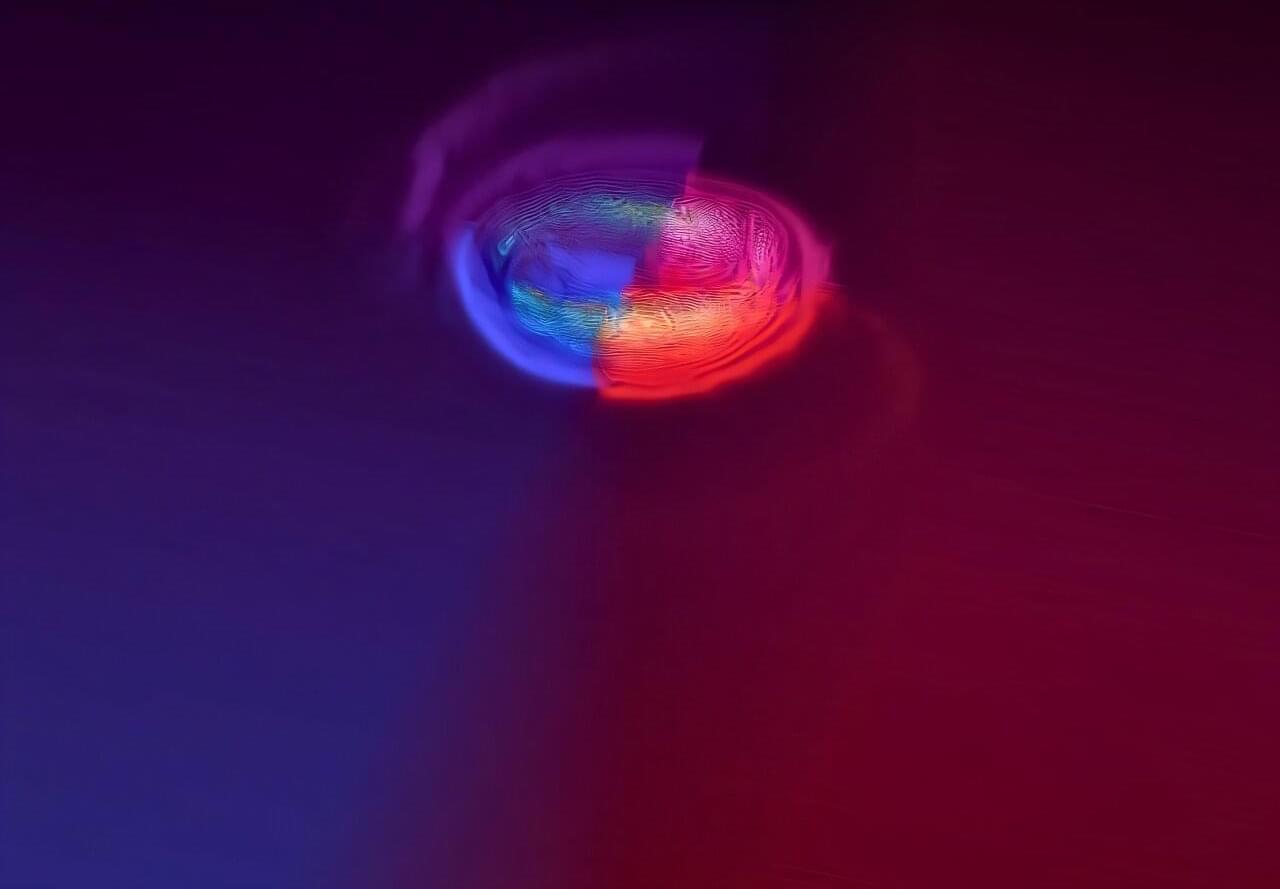The collision and merger of two neutron stars—the incredibly dense remnants of collapsed stars—are some of the most energetic events in the universe, producing a variety of signals that can be observed on Earth.
New simulations of neutron star mergers by a team from Penn State and the University of Tennessee Knoxville reveal that the mixing and changing of tiny particles called neutrinos that can travel astronomical distances undisturbed impacts how the merger unfolds, as well as the resulting emissions. The findings have implications for longstanding questions about the origins of metals and rare earth elements as well as understanding physics in extreme environments, the researchers said.
The paper, published in the journal Physical Review Letters, is the first to simulate the transformation of neutrino “flavors” in neutron star mergers. Neutrinos are fundamental particles that interact weakly with other matter, and come in three flavors, named for the other particles they associate with: electron, muon and tau. Under specific conditions, including the inside of a neutron star, neutrinos can theoretically change flavors, which can change the types of particles with which they interact.
